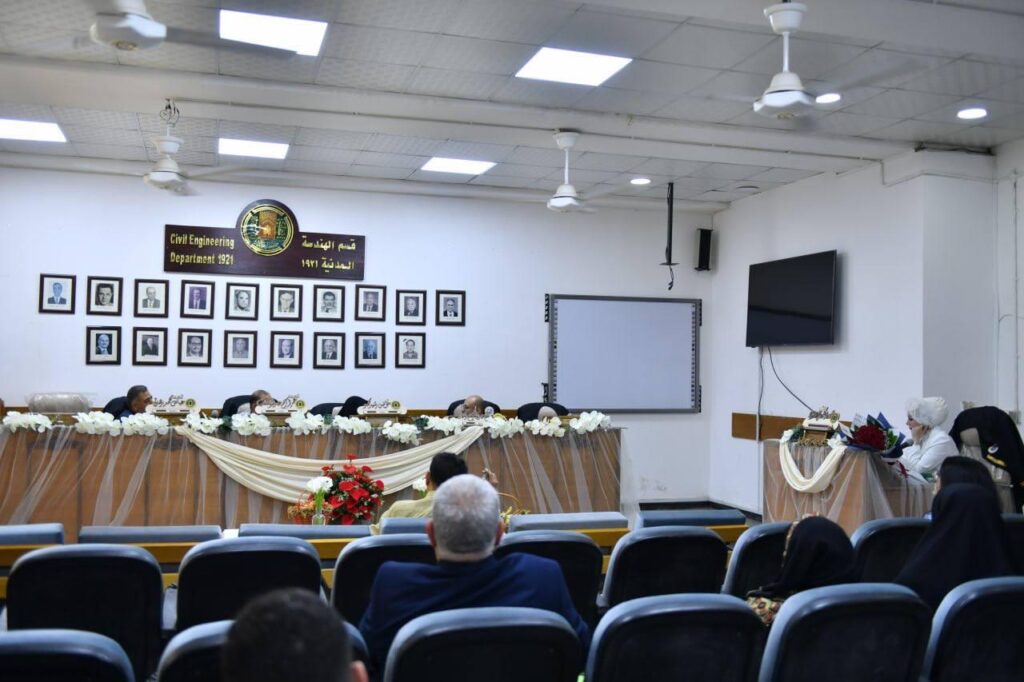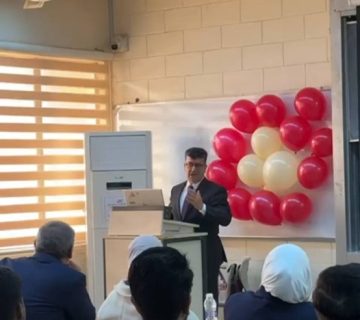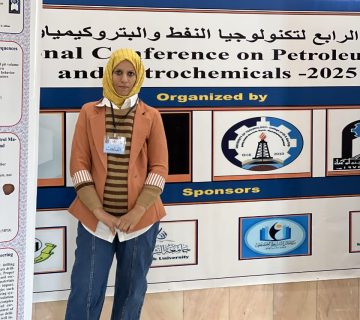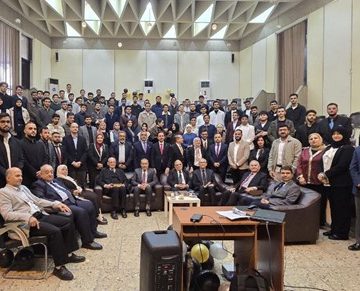University of Baghdad, held MSc thesis examination titled (A comparison study between conventional construction and 3D printing technology for low-cost buildings)
By student Shaimaa Salman Dawood ,supervised by dr. sawsen rasheed, the examining committee were:
Prof.dr. Hatem abdul kareem Rasheed, Member
Assis. Prof.dr. Omer Akram abdul wahab , member
Assis. Prof. dr. Abass Mohammed Burhan ,Member
As a result of population growth, the introduction of new technologies for the construction industries, and the political crises and mismanagement that countries suffer from around the world, particularly in developing countries, demand for the development of residential buildings has recently increased in developing countries. Therefore, governments are unable to keep pace with these rapid developments and meet all the requirements of society, which calls for the participation of private sector partners in order to assist the public sector, solve the housing crisis, end poverty, build sustainable homes, and turn to the introduction of contemporary construction industries in order to supply three-dimensional concrete printing (3DP) technology.
This research investigates the possibility of saving cost and time by applying 3D concrete printing technology to housing projects in Iraq. In its early stages, a questionnaire was conducted depending on the information collected from interviews done with many Iraqi experts in projects in the public and private sectors and literary studies with the help of references and experts. The survey results revealed the most effective factors that we face when applying 3D printing technology in the field of construction in Iraq.
Due to the importance of sustainability in housing projects for the construction of low-cost houses, the most crucial components were determined by analyzing the information from the questionnaire, where it was discovered that (Optimal use of clean energy to reduce energy demand and carbon emissions) is the most important factor with RII equal to 0.91 and standard deviation (SD) equal to 0.678 in the Environment Aspect, next is (Transfer of modern technology (recruitment, training, and development)) and (Availability of green spaces) with RII equal to 0.86 with SD equal to 0.808 and 0.775 in the Economic and Social Aspect. While the most important factor affecting cost is (the cost of materials) with RII is equal to 0.82 and SD equal to 0.766 in the first stage, this is due to the high cost of building materials in Iraq in recent years. The last part of the questionnaire focuses on knowledge of the use of 3D concrete printing technology in Iraq, as well as the motivations and threats associated with its applicability. The number of respondents with prior knowledge of this technology reached 57 out of a total of 78. The most motivating factors for the use of 3D printing technology in construction projects in Iraq are (high cost of capital and expertise needed) with RII equal to 0.9 and 0.89, respectively. While the retardant (Reduce employment opportunities) is the least important factor according to respondents’ point of view as the RII is equal to 0.71, with SD equal to 1.181, the reason is that this technology is powered by a robot, so it will reduce the chances of employment. Finally, based on previous research and communication with several companies to collect information about 3D printing technology (3DP), the researcher traveled to Jordan to obtain a case study of Tabarbour House build by the conventional construction method. The researcher conducted a comparative study of the state of construction of Ras al-Ain multi-purpose halls in Jordan, which were built using three-dimensional printing technology with the construction of Tabarbour House which was build using the conventional construction method. The result shows that 3D printing technology can save 68% of the cost of conventional building materials in Iraq, while reducing construction time and risks. The applied case is looking at communicating the idea of the possibility of solving the housing problem in Iraq using this technology.








